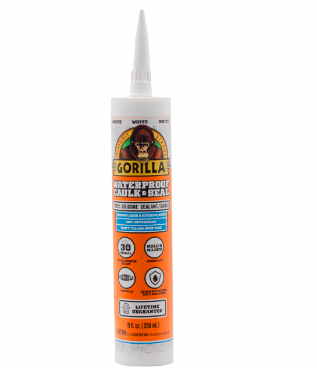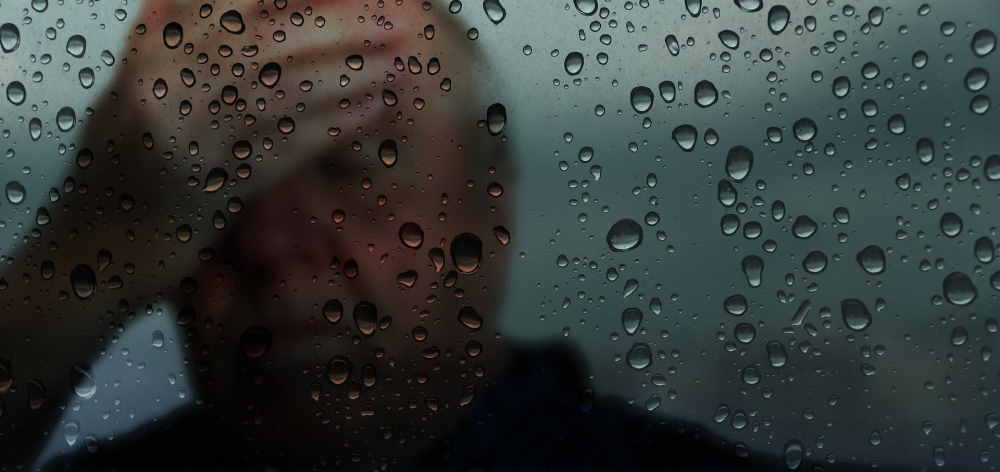Window waterproofing is an essential part of home maintenance that is often overlooked. It involves ensuring that water cannot penetrate through the gaps around the windows and into the house. If left unchecked, water infiltration can cause significant damage to a home, including rotting of the wood, the growth of mold and mildew, and damage to electrical components.
The first step in window waterproofing is to inspect the windows for any visible gaps or cracks. These may be present around the frame, sash, or even the glass itself. If any gaps are found, they should be filled with caulking or weatherstripping. Caulking is a sealant that is applied to the gaps to prevent water from entering. Weatherstripping is a material that is used to fill in gaps around the moving parts of the window, such as the sash.
Another important aspect of window waterproofing is ensuring that the window is properly installed. Windows should be installed with a slope towards the outside, which helps to ensure that water runs off the window and away from the house. In addition, the window should be installed with a sill pan, which is a piece of metal or plastic that is placed beneath the window to catch any water that may penetrate through the window.
Another way to ensure that windows are waterproof is to use high-quality windows. Modern windows are often designed with features that prevent water infiltration, such as drainage systems and weep holes. These features allow water to escape from the window without penetrating into the house.
In addition to these measures, it is important to ensure that the exterior of the house is properly maintained. This includes cleaning gutters and downspouts, ensuring that the grading around the house slopes away from the foundation, and sealing any cracks in the exterior walls.
In summary, window waterproofing is an important aspect of home maintenance that should not be overlooked. By inspecting windows for gaps, filling them with caulking or weatherstripping, ensuring that the window is properly installed, using high-quality windows, and maintaining the exterior of the house, homeowners can protect their homes from water infiltration and the damage it can cause.
What causes water to leak around windows?
Water leaking around windows is a common problem that can be caused by a variety of factors. Here are some of the most common causes of water leaks around windows:
- Poor installation: If a window is not installed properly, it can lead to gaps or spaces between the window frame and the wall. This can allow water to seep through and enter your home.
- Weather damage: Over time, weather conditions such as wind, rain, and extreme temperatures can cause the caulking around your windows to deteriorate or crack, allowing water to seep through.
- Damaged or missing flashing: Flashing is a thin metal or plastic strip that is installed around the perimeter of the window to help prevent water from seeping through. If the flashing is damaged or missing, water can penetrate through gaps or cracks around the window.
- Clogged gutters or downspouts: If your gutters or downspouts are clogged, water can overflow and seep into the window frame or walls, leading to water leaks.
- Condensation: If you have double-pane windows, condensation can build up between the two panes and cause water damage around the frame. This is often a sign of a faulty seal.
- Structural damage: In some cases, water leaks around windows can be caused by structural damage to the building, such as cracks in the foundation or walls.
In summary, water leaking around windows can be caused by poor installation, weather damage, damaged or missing flashing, clogged gutters or downspouts, condensation, or structural damage. If you notice water leaks around your windows, it’s important to identify and address the underlying cause to prevent further damage to your home.
Waterproofing around windows


Gorilla Waterproof Caulk and Seal is 100% Silicone Sealant. It seals out water, air, and moisture and is great for kitchens, baths, windows, doors, auto, marine plumbing, gutters, and more! Ready for water exposure in just 30 minutes, this waterproof sealant is mold & mildew resistant. This silicone sealant won’t yellow, shrink or crack over time!
Waterproofing around windows is an essential step in protecting your home from water damage. Water can penetrate through gaps or cracks around windows, leading to problems such as rot, mold growth, and damage to interior finishes. To prevent water from entering your home through the windows, here are some tips for waterproofing around windows:
- Inspect the window: Start by inspecting the window for any gaps or cracks around the frame, sash, or glass. These areas can be sealed with a high-quality caulk that is designed for outdoor use. Be sure to remove any old or deteriorated caulking before applying new caulk.
- Install flashing: Flashing is a metal or plastic strip that is installed around the window to prevent water from entering. It is typically installed at the top of the window and extends down to the sides. The flashing should be installed behind the siding and should be sloped away from the window to allow water to drain away from the house.
- Use a waterproof membrane: A waterproof membrane is a thin layer of material that is applied around the window to create a barrier against water. This is especially important if you have older windows or if the window frame is made of wood. A waterproof membrane can be applied using a brush or roller, and should be allowed to dry completely before applying any caulking or sealing.
- Seal the gaps: Once you have installed flashing and a waterproof membrane, you can seal any remaining gaps around the window with a high-quality caulk. Apply the caulk in a continuous bead around the window, pressing it firmly into the gap. Smooth the caulk with a caulk smoothing tool or your finger.
Maintain the exterior of the house: Regular maintenance of the exterior of your home can help prevent water damage. Keep gutters and downspouts clean and free of debris, and ensure that the grading around your home slopes away from the foundation. Sealing any cracks or gaps in the exterior walls can also help prevent water from entering your home.
In summary, waterproofing around windows is an important step in protecting your home from water damage. Inspect your windows regularly, install flashing and a waterproof membrane, seal any remaining gaps with caulk, and maintain the exterior of your home to prevent water from entering your home.
